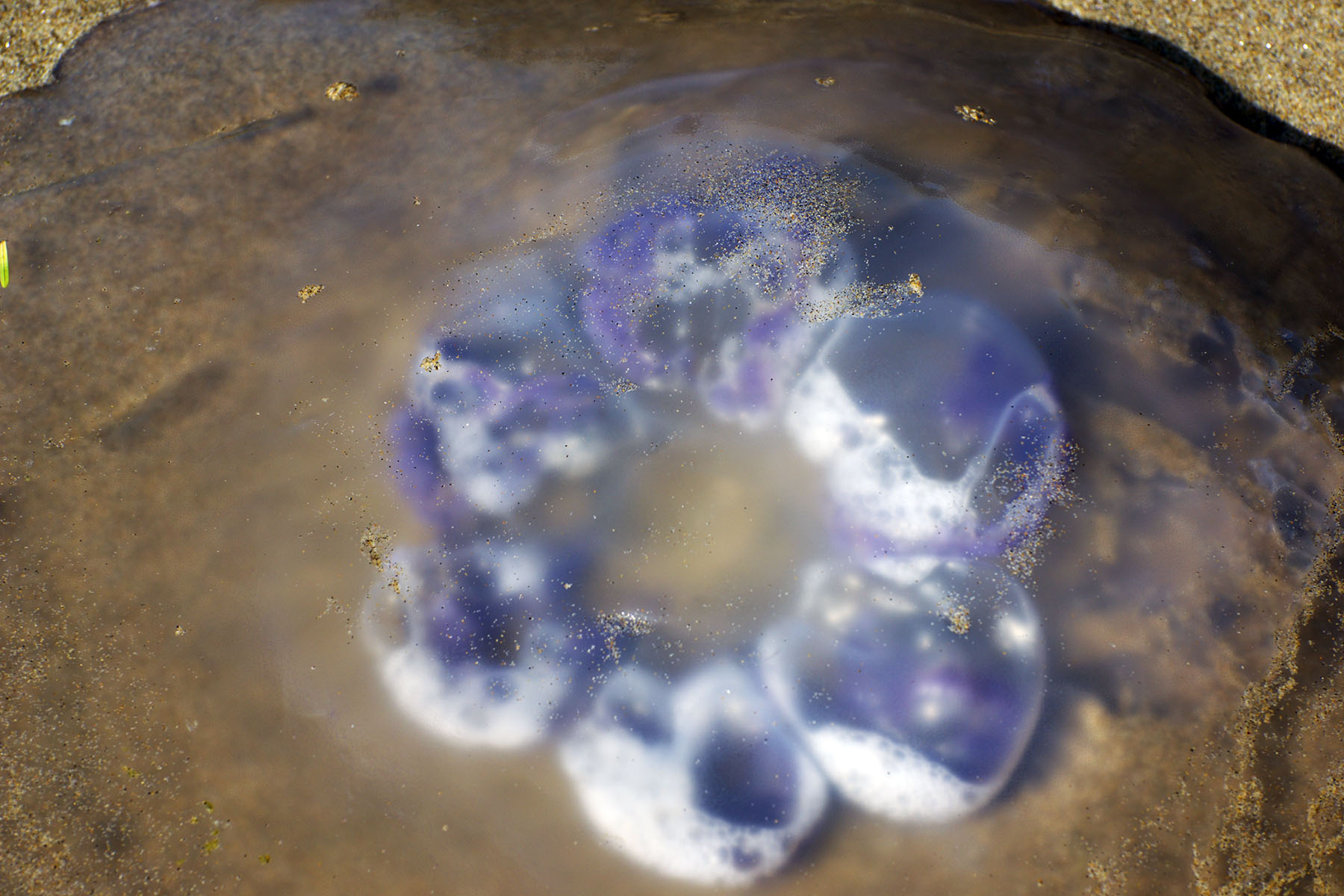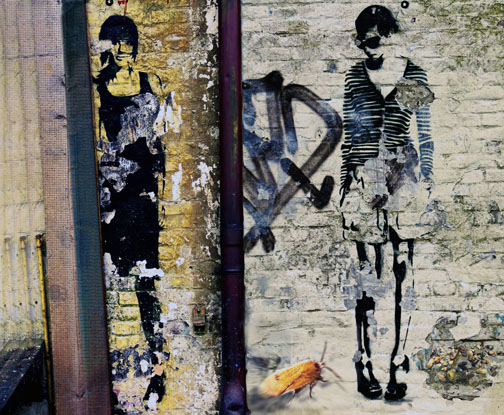Some nights ago at the dinner table we once again joked about how utterly different we are from each other (you can do that safely after some 40 years of marriage.) These differences are nowhere more pronounced than in our approach to dealing with lurking disaster. Where my beloved tries to keep it out of mind until it HAS to be tackled, I like to stare the dragon in the eye well in advance, if only to communicate that he’s found a foe at eye-level… but really to prepare myself for all that might be in the wings. This attitude – rather than morbidity – is the reason why I read everything about cancer that I can get my hands on, curious about both the nature of the beast, and the nature of the medical system bent on fighting the scourge. (I’ve previously written about it from a cancer patient’s perspective here.)

Some of the most interesting writing comes from scientists who work in the field and share both of these questions; some comes from perceptive novelists who cloak their knowledge in tapestries of stories easier to comprehend. I’ve come across both types recently and thought I’d offer a summary of what I’ve learned.
Here is the good news: People live longer. Here is the bad news: geriatric populations are increasingly susceptible to cancer, and are often only diagnosed when the cancer has spread (metastatic cancer.)
Here is the good news: cancer research is laser-like focused on developing drugs that deal with this problem. Here is the bad news: we will have a market demand to the tune of 111.16 billion dollars by 2027 to treat global metastatic cancer, because the incidence of cancer, particularly breast cancer, is generally on the rise, independent of an aging population.

Here is the good news: there are more and more specialized tools aimed at spread and/or recurrence of cancer. In addition to traditional chemotherapy we have targeted chemo therapy with far fewer side effects, hormone therapy and immunotherapy. Here is the bad news: almost all of these new approaches cannot cure metastatic disease and extend life expectancy by, if you are lucky, a few years, but usually more in the ball park of months. We have not been able to eradicate the disease any more than we did over the last century, with minor exceptions, facing 10 million cancer deaths around the world each year.
It is, of course, nothing to scoff at to have more time to live – I am the last person to be casual about that. And maybe the advances in metastatic cancer research will lead to the realization of permanent remissions or even prevention, eventually. It is also understandable that a for-profit industry focusses on where the demand lies: in desperate patients’ plea for help, to the tune of $ 10.000 a month which these medications now cost in the majority of targeted approaches. Why explore ways to prevent cancer in the first place when that will affect the bottomline of an industry treating it? I guess, theoretically, you could make a fortune on selling preventative medications as well, should you be able to develop them, – never mind the favor to mankind to eradicate the scourge – but then again, people might have very different thresholds to spend money on a potential threat compared to spending money when the threat is actually consuming their bodies.

The good news: some determined scientists are nonetheless pursuing the holy grail: understanding the history of the first cell that eventually morphs into the disease. Here is a thought-provoking compilation of essays that help laypeople like me understand how the science proceeds. Azra Raza, the Chan Soon-Shiong Professor of Medicine and Director of the MDS Center at Columbia University in New York, lays out what we know about carcinogenesis, and reports on the obstacles faced by research into the way cancer comes into existence.
She describes in clear language (and delightfully poignant literary references) what cognitive biases drive medical research (independent of potent economic forces like grant money or market demands.) She explains why we are seemingly stuck in a rut, continuing to look for answers in places where we have not found them, late in the game of spreading cells. (I have been told that big pharma is now on to this, pouring a lot of money into curative or pre-causative research, contrary to her claims.)
Her suggestion is to focus instead on the pathways that first cells take before they morph into the beast that precedes the body’s breakdown, describing an “organized decay, consecutive and slow, sometimes taking years, slipping—slipping, until the crash comes,” located in one of the body’s immune cells.
“Cancer can be perceived as an independent life-form. It is not a parasite because it originates in the host tissue. It is not a “normal” tissue culture cell line that has been induced to grow in vitro, already half-way to transformation. And it is not like jellyfish and other lower order species that can revert to an earlier stage of their lifecycle under stress and restart as newborns. It behaves like a new animal that arises within an animal...I propose that the fertilization step involves the fusion of a blood cell with a stressed tissue cell that initiates the murderous journey. A Giant cell is born containing opposing, conflicting, paradoxical “multitudes” within it.“

Researchers who look into these cells found that they unexpectedly appeared when cells are under stress, for cancer cells brought on by chemotherapy, for example. More precisely, these giant cells are a state of cancer cell, one where cell division is paused during external attack; instead, the cell doubles or fuses its genome, protecting its DNA. When the stressor is gone, the cell reignites division and sends now more resilient progeny on their way to distant sites, more aggressively growing and invasive cancer cells – treatment-resistant metastases.
These giant cells happen under normal circumstances to protect us in times of stress and are benign. So what turns them into a malignant state? That is where research must be done – and incentivized – exploring that moment of transition and the causes that come before. (Or so it is suggested – I am not trained in oncology, so can just report what I read. )

I am not trained as a scholar of literature, either, but I do know what I like to read. And Margaret Drabble’s The Dark Flood Rising is among the best recent books capturing aging, disease and dying in not at all morose ways. In fact, it is witty, as is her wont, but also genuinely humane, and precisely observed. It had me laugh and cry in alternation. It also had me grateful for making me think about cancer not as some dire, biologically hard to understand, scientifically mysterious thing (as the medical literature does) but as a condition that requires an appropriate human response, be that determination, or patience, or courage, or humor, or tears, or …. I’ll won’t be able to list the whole repertoire. The point is, there are humanistic aspects of dealing with or learning to deal with illness that go beyond the understanding that would allow us to synthesize some miracle medication. These aspects are somewhat in our control which is the most comforting thought of all.

Photographs of jellyfish today, reminding me of giant cells, emphasize that blobs can contain beauty, too, not just destructive potential.
Music today is derived from a literature overview of how music affects cell growth, cell migration, proliferation, colony formation, and differentiation ability or death of cancer cells. Folks, I have no clue if these experiments are viable (although they are published in respectable medical journals.) It was just strange to read that different music has different effects. Note, these are done with cell cultures in the lab, under carefully controlled conditions, not in humans who listen to music, so it is unclear how much we can transfer anything of this to actually listening to music.
The first movement from Mozart’s Sonata for Two Pianos in D Major, KV. 488 seems not to affect some type of human breast cancer cells (MCF-7) but caused cell death (apoptosis) in another one (MDA-MD-231.)
Ligeti’s first movement of Atmospheres, on the other hand, caused significant cell death in MCF-7 cells that had ignored Mozart….
Riddle me that.
PS: Just so you know how things work around here – this is the response I got across the breakfast table to today’s musings:
So here’s part of my view of upcoming disasters or threats….
You’ve heard this stanza from me before.
From Coleridge, The Rime of the Ancient Mariner
Like one, that on a lonesome road
Doth walk in fear and dread,
And having once turned round walks on,
And turns no more his head;
Because he knows, a frightful fiend
Doth close behind him tread.



